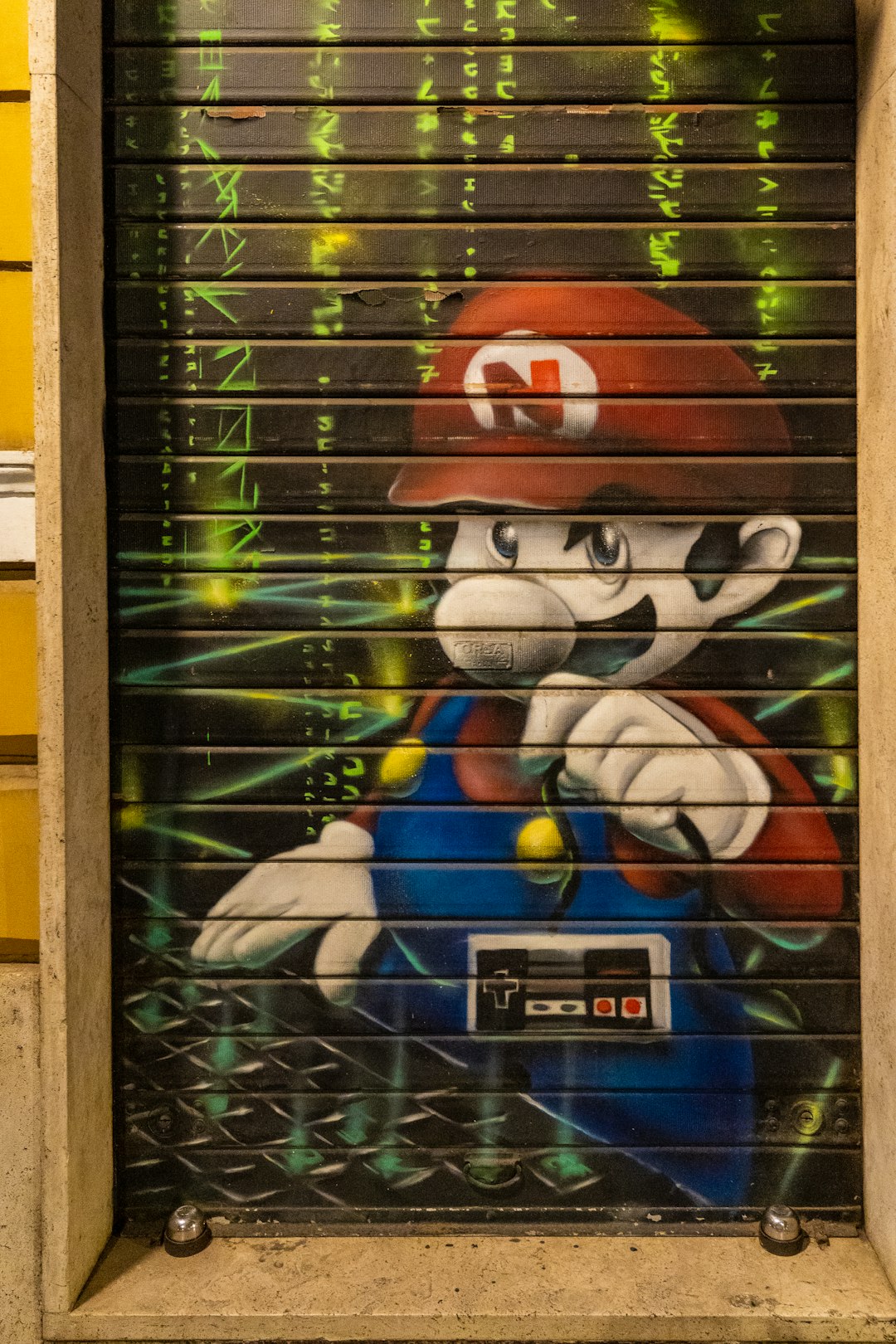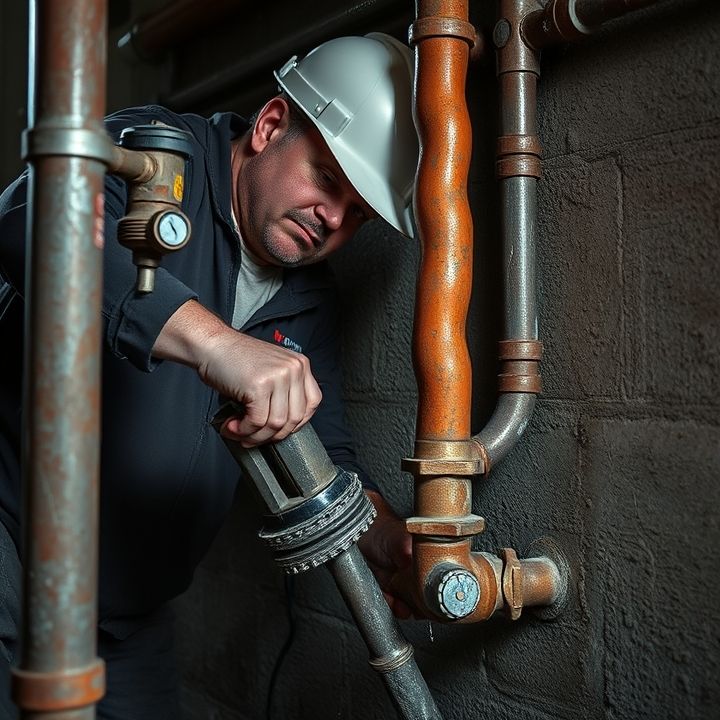Table of Contents
- Introduction
- Overview of plumbing technology advancements
- Innovative plumbing pipe replacement techniques
- Advancements in plumbing leak detection and prevention
- Smart plumbing fixtures and their benefits
- State-of-the-art plumbing camera inspection technology
- Hydro jetting service improvements in drain cleaning
- Plumbing water filtration systems and their impact
- Emerging trends in plumbing emergency services
- Conclusion
- Frequently Asked Questions
Introduction
In a world where innovation drives efficiency and sustainability, the plumbing industry is no exception.
Today, we find ourselves in an era of transformative technological advancements that are redefining the essence of plumbing. From smart leak detection systems to eco-friendly materials, these developments are not only enhancing functionality but also making a significant impact on water conservation and energy efficiency.
Imagine a system that alerts homeowners at the first sign of a leak or a faucet that conserves water without sacrificing pressure.
These cutting-edge solutions are revolutionizing how we think about plumbing, pushing the boundaries of what is possible.
As we delve deeper into the realm of plumbing technology, we will explore the latest advancements that promise to make our lives easier and our homes more sustainable.
Get ready to discover how the humble pipes beneath our floors are evolving into sophisticated networks that contribute to a greener future.
Overview of plumbing technology advancements
Recent advancements in plumbing technology have significantly improved efficiency, safety, and sustainability. Innovations such as smart plumbing systems incorporate IoT technology, allowing homeowners to monitor water usage and detect leaks in real-time via mobile apps. This not only conserves water but also reduces maintenance costs.
Another notable advancement is the introduction of high-tech pipe materials like PEX and trenchless technology, which minimizes excavation and disruption during installation. These materials are more flexible and resistant to corrosion compared to traditional pipes.
Furthermore, eco-friendly fixtures, such as low-flow toilets and faucets, are designed to minimize water consumption while maintaining performance. Advanced filtration and water treatment systems also ensure cleaner water for residential and commercial use.
Additionally, the use of 3D printing is emerging in plumbing, enabling custom components to be produced on-demand, which can streamline repairs and replacements. These developments showcase the plumbing industry’s commitment to embracing technology for enhanced service delivery.
Innovative plumbing pipe replacement techniques
Innovative plumbing pipe replacement techniques have significantly transformed the way plumbing issues are addressed today. One of the most notable advancements is pipe relining, a trenchless technology that allows for the installation of a new pipe within the existing one without extensive excavation. This method minimizes disruption to landscaping and existing structures, making it a popular choice for residential and commercial properties.
Another technique is bursting, which involves breaking apart the old pipe while simultaneously pulling in a new one. This approach is particularly advantageous in situations where the old pipes are severely damaged or corroded.
Moreover, the use of advanced materials such as cross-linked polyethylene (PEX) and flexible PVC provides enhanced durability and resistance to scale and corrosion. These materials are also lighter, making them easier to handle and install.
Lastly, smart technology integration, including leak detection sensors and remote monitoring systems, has improved the efficiency and reliability of plumbing systems, allowing for real-time insights and rapid response to potential issues.
Advancements in plumbing leak detection and prevention
Recent advancements in plumbing leak detection and prevention have significantly improved the efficiency and effectiveness of plumbing systems. One notable innovation is the use of smart leak detection sensors, which can be installed throughout a property and connect to mobile devices. These sensors can detect even minor leaks and alert homeowners instantly, enabling prompt action to prevent further damage.
Another advancement is the development of thermal imaging technologies. Plumbers can now utilize thermal cameras to identify hidden leaks behind walls or under floors without invasive methods. This technology allows for quicker and more accurate assessments, saving time and reducing repair costs.
Additionally, plumbing companies are increasingly using acoustic leak detection, which involves listening for sounds of leaking water. This method can pinpoint leaks in challenging locations, offering a non-destructive solution to plumbing issues. Moreover, advancements in pipe materials, like cross-linked polyethylene (PEX), provide greater durability and resistance to corrosion, further reducing the risk of leaks.
Smart plumbing fixtures and their benefits
Smart plumbing fixtures represent a significant advancement in plumbing technology, integrating modern communication and sensor technologies to enhance efficiency and convenience. These fixtures, which include smart faucets, showerheads, and toilets, are designed to optimize water usage while providing superior user experiences.
One of the primary benefits of smart plumbing fixtures is their ability to monitor and regulate water flow. For instance, smart faucets can automatically adjust water temperature and flow rate based on user preferences, reducing water waste and energy consumption. Additionally, many smart toilets come equipped with features like automatic flushing and bidet functions, which promote hygiene and comfort.
Another essential aspect is the convenience offered by smart plumbing systems. Many of these fixtures can be controlled remotely through smartphone applications, allowing users to manage their plumbing settings from anywhere. This functionality not only improves user experience but also facilitates maintenance by providing alerts for leaks or malfunctions. Overall, smart plumbing fixtures enhance both efficiency and comfort, showcasing the innovative direction of modern plumbing technology.
State-of-the-art plumbing camera inspection technology
State-of-the-art plumbing camera inspection technology has revolutionized how plumbing issues are diagnosed and resolved. This advanced method employs high-definition cameras on flexible cables, which can be inserted into pipes to provide a clear, real-time view of the interior. These cameras can navigate through tight bends and complex plumbing systems, allowing plumbers to identify obstructions, leaks, and corrosion without the need for invasive procedures.
Equipped with LED lights, the cameras illuminate dark areas, ensuring that even the smallest defects can be seen clearly. The footage captured during an inspection can be recorded and analyzed, enabling plumbers to create detailed reports and recommend appropriate solutions. This technology not only saves time and reduces repair costs but also minimizes disruption to the property.
Additionally, many modern plumbing cameras are portable and easy to operate, making them an invaluable tool for both commercial and residential plumbing services. As technology continues to advance, the capabilities of plumbing camera inspections are likely to expand, enhancing efficiency and effectiveness in diagnosing plumbing problems.
Hydro jetting service improvements in drain cleaning
Hydro jetting has emerged as a leading technology in drain cleaning, offering significant advancements over traditional methods. This process utilizes high-pressure water jets to clear blockages in pipes, effectively removing buildup and debris without the need for harsh chemicals or invasive techniques. Recent improvements in hydro jetting services include the development of more powerful and versatile equipment, allowing technicians to access harder-to-reach areas with greater ease. Additionally, advancements in nozzle design enhance the efficiency of the water jets, resulting in a more thorough cleaning process.
Another notable development is the incorporation of video inspection technology, which provides a real-time view of the pipe’s condition before and after hydro jetting. This allows for precise targeting of problem areas and reassures property owners of the effectiveness of the service. Moreover, eco-friendly practices have been prioritized, as hydro jetting leaves minimal environmental impact compared to chemical cleaners. As plumbing technology continues to evolve, hydro jetting stands out as a reliable and effective option for maintaining clear and functional drainage systems.
Plumbing water filtration systems and their impact
Plumbing water filtration systems have seen significant advancements in recent years, fundamentally transforming how we access clean water in our homes and businesses. These systems are designed to remove contaminants such as chlorine, lead, and sediment from drinking water, ensuring that it is safe and palatable for consumption. One notable development is the rise of reverse osmosis systems, which utilize semi-permeable membranes to filter out impurities at a molecular level.
Another innovation is the incorporation of smart technology into filtration systems. These smart filters can monitor water quality in real-time, alerting users to potential issues and providing data on filter lifespan, thus enhancing convenience and efficiency.
Furthermore, eco-friendly options such as activated carbon filters are gaining popularity, as they offer a sustainable approach to water purification by reducing plastic waste associated with bottled water. Overall, these advancements not only improve water quality but also promote health and environmental sustainability, making them a crucial component of modern plumbing solutions.
Emerging trends in plumbing emergency services
The plumbing industry is witnessing several emerging trends in emergency services that enhance response efficiency and customer satisfaction. One significant advancement is the integration of smart technology, enabling plumbing professionals to monitor systems remotely. Sensors can detect leaks, blockages, and abnormal pressure variations, allowing for proactive maintenance before issues escalate into emergencies.
Another trend is the use of video inspection equipment. This technology allows plumbers to visually assess the condition of pipes and drainage systems without invasive procedures. By identifying problems early, emergency services can address critical issues more effectively and reduce repair costs for homeowners.
Sustainable practices are also at the forefront, with many companies adopting eco-friendly materials and solutions. For instance, trenchless technology minimizes disruption during repairs by reducing the need for extensive digging. Additionally, mobile apps are increasingly used to facilitate quicker service requests, real-time communication, and payment processes, streamlining the customer experience.
As these trends continue to evolve, the plumbing emergency services landscape will become more efficient, responsive, and aligned with modern consumer expectations.
Conclusion
In conclusion, the plumbing industry is undergoing a remarkable transformation thanks to innovative advancements in technology. From smart fixtures that monitor water use to cutting-edge pipe replacement techniques, these innovations are not only enhancing efficiency but also making plumbing systems more sustainable and user-friendly. As we embrace these technological changes, it becomes increasingly important for homeowners and businesses to stay informed and proactive in maintaining their plumbing systems. If you find yourself facing plumbing challenges or are interested in upgrading your systems with the latest technology, don’t hesitate to reach out for professional assistance. Call 573-555-2121 today to get the expert plumbing help you need and ensure your home or business runs smoothly!

